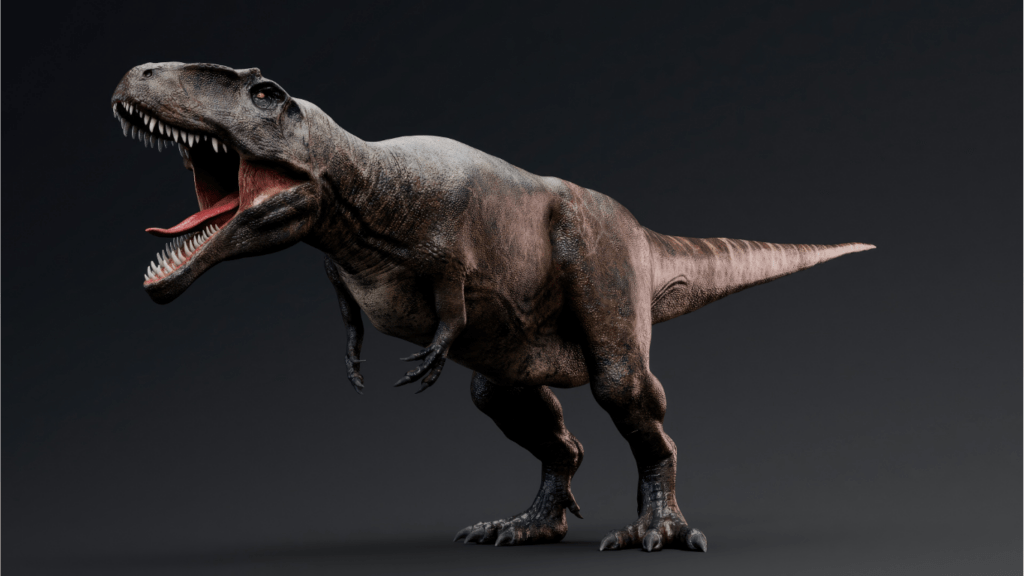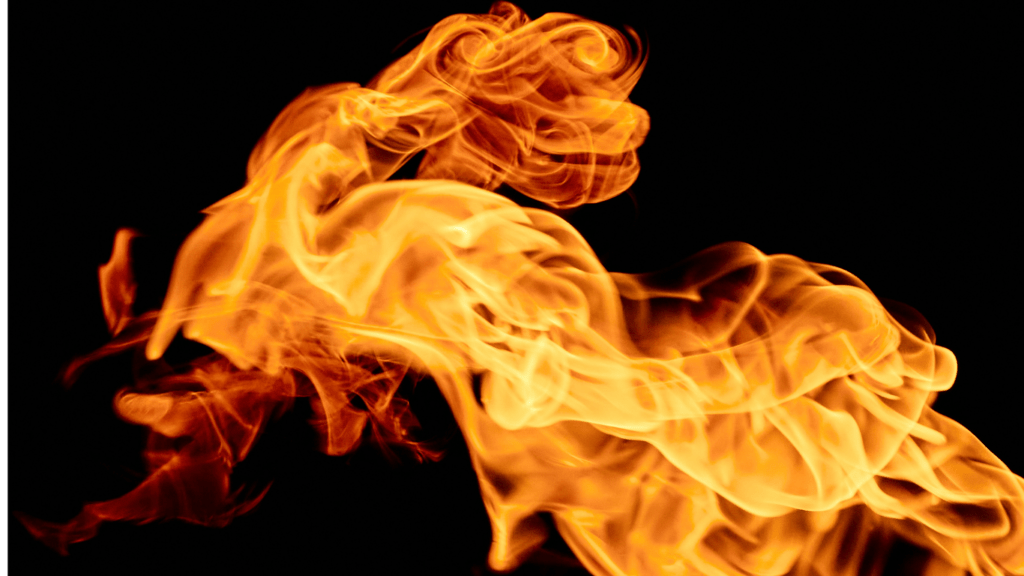What Are Motion Graphics?
Definition and Basic Concepts
Motion graphics refer to graphic design elements in multimedia projects that move or change over time.
These elements include text, shapes, and images, which come to life with the help of animation techniques.
By combining design and movement, motion graphics create visually compelling content.
Motion graphics often enhance digital experiences in areas like websites, advertisements, and presentations.
How Motion Graphics Differ From Animation
Motion graphics focus on the graphic design aspect, emphasizing clear communication through visual elements. These elements typically include text and icons.
Unlike traditional animation, which tells a story with characters and a narrative arc, motion graphics aim to convey information quickly and efficiently.
Motion graphics usually have a shorter duration, making them ideal for brand identities and marketing campaigns. In contrast, animation involves more complex storytelling and character development.
Applications of Motion Graphics
In Digital Marketing
Motion graphics revolutionize digital marketing.
They captivate audiences, increase engagement, and convey messages quickly.
Short videos on social media platforms like:
- TikTok
effectively promote products or services.
Animated logos enhance brand identity by adding a dynamic element to static designs.
Infographics animated with motion graphics simplify complex data, making it easier for viewers to grasp and retain information.
A study by Wyzowl in 2022 reported that 86% of marketers said video helped increase their website traffic, demonstrating the importance of motion graphics in digital marketing.
In Film and Television
Motion graphics play a vital role in film and television. They enhance visual storytelling and improve the viewer’s experience.
Opening titles and credits sequences often use motion graphics to grab attention and set the tone for the content.
For instance, the opening sequence of “Game of Thrones” employs intricate motion graphics to depict the show’s world map dynamically.
Lower thirds—text overlays like names and titles—use motion graphics for aesthetic appeal and clarity.
Motion graphics also power explainer animations in documentaries to illustrate complex concepts, making them easier to understand.
Key Tools and Software for Creating Motion Graphics
Beginners’ Essentials
Adobe After Effects stands as the most popular tool for beginners in motion graphics.
It’s versatile, offering features that simplify creating animations and visual effects. Many tutorials and resources are available, making the learning curve easier. For those exploring simple yet effective design solutions, an animation maker can provide user-friendly tools to create engaging motion graphics without extensive technical expertise.
Blender, an open-source 3D creation suite, also attracts newcomers.
It covers 3D modeling, animation, and rendering—all crucial for motion graphics. Despite being free, Blender competes well with paid software.
Canva, primarily known for graphic design, includes basic animation capabilities.
Although limited compared to After Effects and Blender, Canva remains user-friendly for quick, simple motion graphics.
Professional-Grade Tools
Cinema 4D is a staple for professionals. Its integration with Adobe products and advanced 3D modeling features make it invaluable for complex projects.
Cinema 4D shines in creating sophisticated animations and visual effects.
Houdini, another high-end tool, offers intricate control over simulations and visual effects.
Professionals gravitate toward Houdini for its node-based workflow, suited for detailed and procedural animation tasks.
Mocha Pro is essential for advanced motion tracking and visual effects.
It supports seamless integration with various video editing and compositing applications, enhancing professional workflows.
| Tool | Best For | Cost |
|---|---|---|
| Adobe After Effects | Beginners, Tutorials | $20.99/month |
| Blender | Beginners, 3D Modeling | Free |
| Canva | Simple Animations | $12.95/month |
| Cinema 4D | Professional 3D Modeling | $59.99/month |
| Houdini | Procedural Animation | $4,495 one-time |
| Mocha Pro | Advanced Motion Tracking | $695/year |
These tools and software form the backbone of motion graphics design. Beginners can start with accessible tools like Adobe After Effects or
Blender, while professionals leverage Cinema 4D and Houdini for intricate projects.
Step-by-Step Guide to Creating Your First Motion Graphic
Planning and Storyboarding
Effective motion graphics begin with thorough planning and storyboarding. Determine the project’s objective and target audience first.
Outline the key message, desired emotions, and visual elements.
Sketch rough scenes to map out the flow. Use tools like Adobe XD or Sketch to create digital storyboards.
Storyboarding provides a visual script, ensuring a coherent narrative and smooth animation process. This preparation minimizes revisions and streamlines the animation stage.
Designing and Animating
Designing the graphics involves creating all visual assets. Use Adobe Illustrator or Photoshop for vector and raster graphics.
Keep the design consistent with the storyboard and branding guidelines. Once assets are ready, import them into a motion graphics software like Adobe After Effects or Blender.
Start with basic animations. Apply keyframes to control motion, adjusting timing to match the storyboard. Use easing functions to create natural movement.
Add layers for complexity, incorporating effects and transitions to enhance the animation.
Regularly preview and refine the sequence. Export the final motion graphic in the desired format, ensuring optimal quality and performance.
Trends and Future of Motion Graphics

Current Trends in the Industry
Current trends in motion graphics reveal a shift towards immersive experiences.
- Designers increasingly use 3D animations to create lifelike visuals. This trend enhances user engagement for various applications, from advertisements to explainer videos.
- Minimalistic designs also dominate the industry. These designs focus on clarity and simplicity, using clean lines and subtle animations. This approach ensures the message remains the primary focus.
- Motion graphics in user interfaces (UIs) have gained popularity. Designers integrate animations into apps and websites to improve user experience. Examples include animated icons, loading indicators, and micro-interactions.
Data visualization through motion graphics is another key trend. More companies use animated charts and graphs to present complex information in an easily digestible way.
This method is particularly effective in sectors like finance and education.
Future Predictions
Future predictions for motion graphics suggest increased use of augmented reality (AR) and virtual reality (VR). As AR and VR technologies advance, designers will explore new ways to incorporate motion graphics into these immersive environments.
Artificial intelligence (AI) will play a significant role.
AI can automate repetitive tasks like keyframing and rendering, freeing up designers to focus on creativity. Machine learning algorithms will also enable more personalized and dynamic content.
Interactive motion graphics will become more prevalent.
Users will interact with animations directly, manipulating elements in real-time. This interactivity will transform educational content, advertising, and entertainment.
Sustainability will influence future motion graphics.
The industry will adopt eco-friendly practices, such as optimizing file sizes and using green computing resources. This shift addresses growing environmental concerns while maintaining high-quality content.
By keeping an eye on these trends and future predictions, I can stay ahead in the ever-evolving field of motion graphics.

